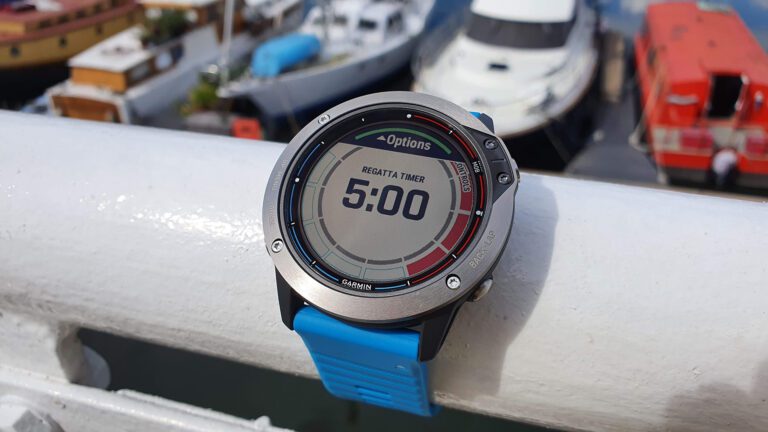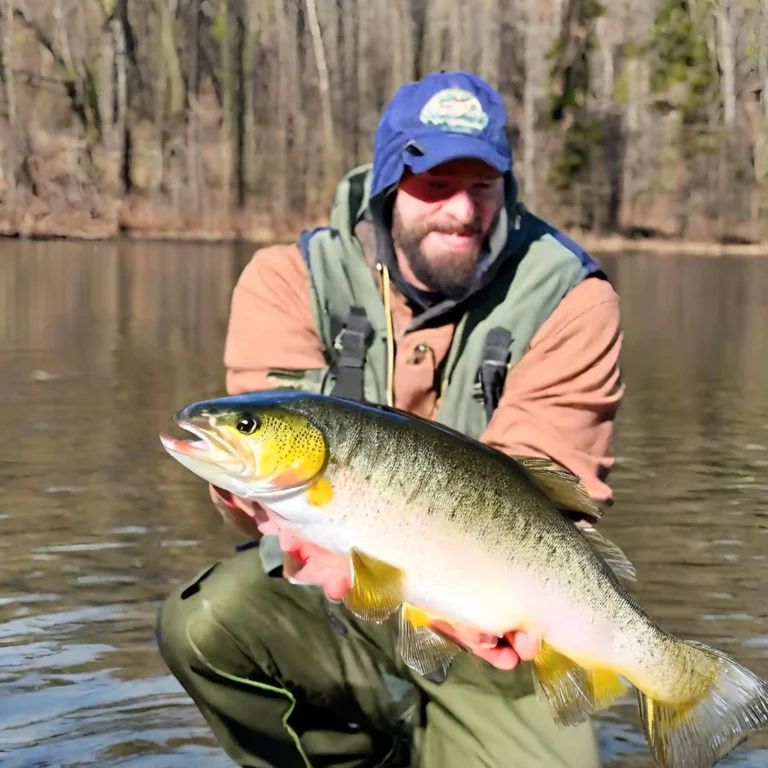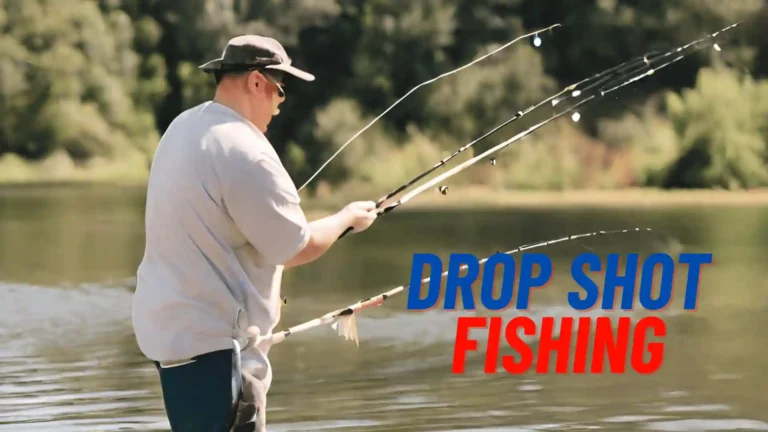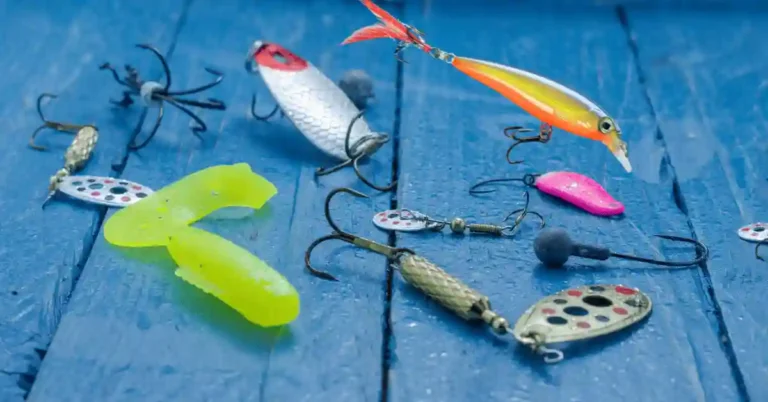5 Best Fishing Watches Reviewed
Fishing is more than just a hobby for many; it’s a passion, a way to connect with nature, and a means to unwind. As an avid angler myself, I understand the importance of having the right gear. One essential piece of equipment that often gets overlooked is the fishing watch. A good fishing watch can…




